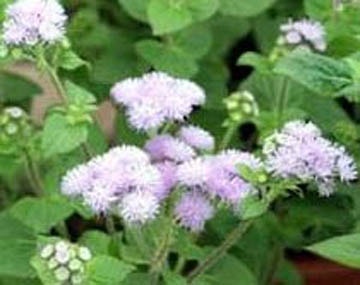Medicinal food for treating allergic rhinitis
Allergic rhinitis is a common disease that often recurs, especially when the weather changes. Allergic rhinitis causes patients to always have headaches, sleepiness, discomfort, lethargy, affecting work and daily life. If left untreated for a long time, patients may suffer from upper respiratory tract infections, otitis media, sinusitis, etc.
Allergic rhinitis is a common disease that often recurs, especially when the weather changes. Allergic rhinitis causes patients to always have headaches, sleepiness, discomfort, lethargy, affecting work and daily life. If left untreated for a long time, patients may suffer from upper respiratory tract infections, otitis media, sinusitis, etc.
According to Oriental medicine, the cause is due to the lung qi and protective qi being deficient and unable to control the wind-cold from entering and causing the disease. The treatment method is to replenish the qi, strengthen the exterior, dispel the wind and cold... Here are some Oriental medicine prescriptions to help reduce the symptoms of the disease:
Nasal drops: for mild illness, 4g fresh leaves of the plant, 2 cloves of garlic, crush the two and squeeze the juice into the nose 3-4 times a day. The plant has a spicy, bitter taste, cool properties; affects the two meridians of the hand-taiyin lung and hand-jueyin heart pericardium. It has the effect of clearing heat, detoxifying, disinfecting, reducing swelling, and eliminating blood stasis, mainly treating sinusitis. Garlic contains allicin, a very strong natural antibiotic, stronger than penicillin. Garlic juice inhibits many types of gram-negative and gram-positive bacteria. According to Oriental medicine, garlic is spicy, warm, and has the effect of clearing the airways, dispelling wind, disinfecting, and detoxifying.

Pigweed juice is used as nasal drops to treat allergic rhinitis.
Oral medication:
Recipe 1: 16g Chinese yam, 20g roasted cow udder root, 6g licorice, 8g cinnamon, 12g angelica root, 12g Chinese clematis root, 16g horse head root, 10g white mulberry bark, 3 slices of ginger. Boil all the above ingredients with 3 bowls of water until there is 1 bowl left. Drink 3 times a day, 1 bowl each time. Of which, Chinese clematis root has a slightly bitter spicy taste, warm properties, and enters the lung meridians. It is often used to treat colds, headaches, sweating, eyebrow bone pain, stuffy nose, runny nose due to sinusitis...; Chinese clematis root has a spicy taste, warm properties, enters the lung and stomach meridians. It has the ability to disperse wind-heat in the upper burner, clearing the orifices. It is used to treat symptoms such as headaches due to wind, and stuffy nose; Horsetail has a warm nature and sweet taste, enters the lung meridian and has the properties of expelling wind, eliminating dampness, reducing inflammation, relieving pain, and treating sinus diseases, etc. In addition, licorice is used to replenish the middle and benefit qi, dissolve phlegm and stop coughing, relieve pain, clear heat and detoxify, and harmonize other medicinal properties; cinnamon replenishes fire, restores yang, warms the kidneys and spleen, disperses cold, activates blood, and transforms qi, etc.
Recipe 2: Astragalus 16g, Saposhnikovia divaricata 6g, Atractylodes macrocephala 8g, Paeonia lactiflora 12g, Ginger 2g, Cinnamon 8g, Jujube 6g. Boil and drink one dose per day, divided into 3 times. If the disease is just starting and there is a lot of runny nose, add 8g of Asarum sieboldii and 8g of Ephedra. If the patient has poor appetite and shortness of breath, add 12g of Codonopsis pilosula and 12g of Chinese yam.
According to Health & Life - NT






